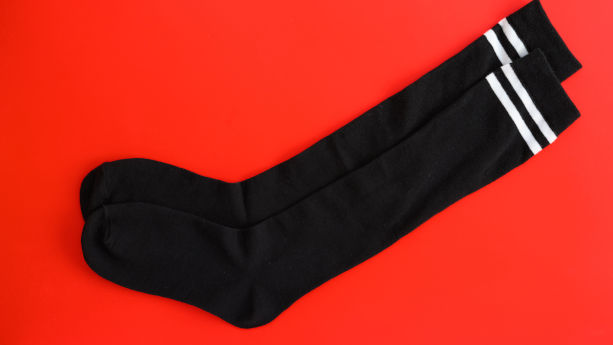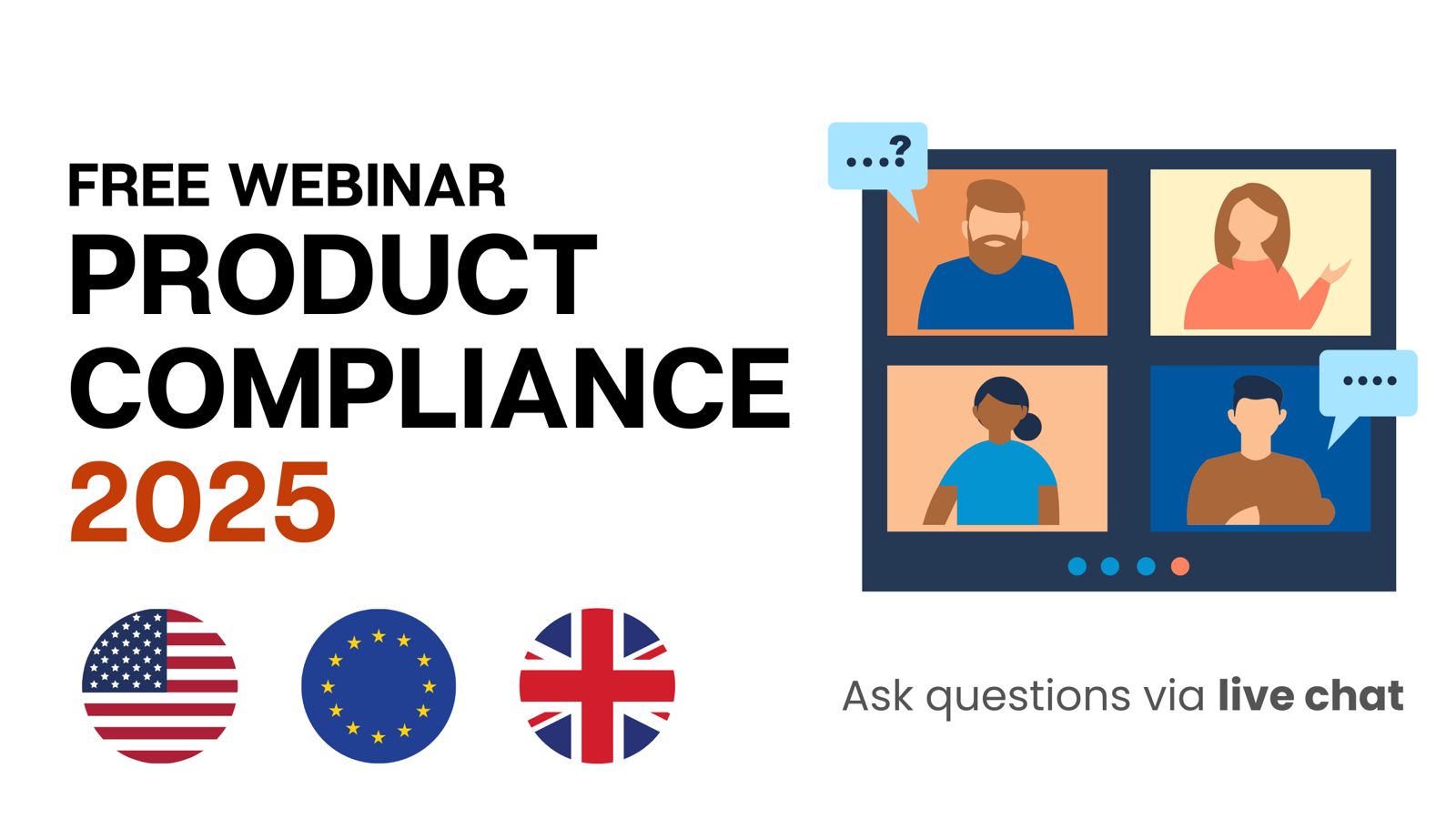
Products treated with biocides, and biocidal products imported or manufactured in the European Union must adhere to the requirements of the Biocidal Products Regulation. In some situations, even making biocidal claims about the product may trigger the requirements of the regulation, which include labelling, documentation and testing.
The Biocidal Products Regulation can therefore be applicable to, for example, socks designed to prevent odour. Another scenario could be underwear with claimed anti-bacterial properties.
The guide is split into two parts. The first half elaborates on the regulation’s requirements for treated products, such as garments. The second half focuses on requirements affecting biocidal products.
Content Overview

FREE CONSULTATION CALL (US, EU & UK)
- Request a free 30-minute call with Ivan Malloci to learn how we can help you with:
- Find product requirements
- Certification and labeling
- Lab testing
What is the Biocidal Products Regulation?
The Biocidal Products Regulation covers rules affecting biocidal products for the protection of both human and animal health. The regulation also covers articles treated with biocidal products (“treated articles”). This would mean that the regulation affects both consumer products and pet products that are biocidal products or are treated with biocidal products.
Depending on which of the two categories your product falls under, the requirements under the regulation differ, in terms of documentation, labelling, testing, and more.
What are treated articles?
Treated articles refer to substances, mixtures, or articles treated with one or more biocidal products. The purpose of the treatment would be, for example, to protect the article from harmful organisms like:
- Pests
- Mould
- Bacteria
Examples of treated articles
Here are some examples of treated articles:
- Paints containing an in-can preservative
- Socks treated with a substance that prevents odour
- Underwear with anti-bacterial properties
- Refrigerators that have been treated to prevent mould and odour
However, some treated articles may be seen as biocidal products if they have a primary biocidal function. For instance, anti-bacterial wipes would be seen as a biocidal product under the regulation because its primary aim is to control bacteria.
In this situation, requirements affecting biocidal products should be followed. The definition and examples of the biocidal products are covered in subsequent sections below.
Exemptions
Certain product categories are exempted from the requirements of the Biocidal Products Regulation as there are other legislations that cover them. Here are some examples:
- Medicated feedingstuffs
- Veterinary medicinal products
- Additives for use in animal nutrition
- Animal feedstuffs
- Foodstuffs (including food of animal origin)
- Food additives
- Flavourings and food ingredients with flavouring properties
- Plant protection products
- Cosmetic products
- Toys
- Medical devices regulated under Directive 90/385/EEC, Directive 9342/EEC and Directive 98/79/EC
Note that medical products covered under the Medical Devices Regulation are not mentioned in the above list.
Are there substance restrictions for treated articles?
Treated articles must only use biocidal products with approved active substances (see sections below on approved active substances affecting biocidal products). Some approved substances come with conditions or restrictions.
For example, biocidal products with active substances such as “carbon dioxide” are affected by the following restrictions:
“Only for use in ready-for-use gas canisters functioning together with a trapping device”
It should be noted that products that are treated with biocides that are not authorised are deemed to be dangerous. Such products would have to be withdrawn from the market.
An example could be footwear that uses an unauthorised biocide (dimethylfumarate (DMF)). You can find more examples in the Safety Gate.
What are the labelling requirements for treated articles?
Labelling information for treated articles would be required if:
a. The biocidal product(s) used contain active substances that require the provision of such labelling information
b. Biocidal claims are made about the product. This means that even if the product has not been treated with biocides, the regulation may affect you when such claims are made.
The Biocidal Products Regulation requires treated products to contain the following labelling information:
a. A statement that the product is treated with biocides
b. The product’s biocidal property (where such information can be substantiated)
c. The name of all active substances and nanomaterials contained in the biocidal products
d. Instructions for use
e. Precautionary information
Despite the provision of the above information, a consumer is entitled to information relating to the biocidal treatment of the product within 45 days of a request.
The importance of ensuring that treated products are accompanied with labelling information when required is illustrated by the following report.
It was reported that several underwear products which were treated with biocides “to prevent bacterial growth or bad odours” were banned in Sweden because they lacked the required labelling information and failed to disclose the use of biocides. Thus, it is important to be aware of whether your product has been treated to confirm that labelling is needed.
What are biocidal products?
Biocidal products are substances or mixtures that have one or more active substances meant to affect any harmful organism by any means aside from mere physical or mechanical action. As previously mentioned, treated articles that have a primary biocidal effect are treated as biocidal products.
Examples of biocidal products
Here are some examples of biocidal products that are covered by the regulation:
a. Disinfectants (e.g. liquid soap for hand disinfection)
b. Preservatives (e.g. Wood preservatives that use potassium sorbate for freshly cut wood)
c. Pest control (e.g. insecticides that are contact poisons used to kill insects by disrupting their nervous system)
Exemptions
The exempted product categories for biocidal products are the same as for treated articles.
Where can I find a list of approved active substances for biocidal products?
To sell biocidal products, they must contain active substances that are approved to be used for various applications. A list of approved active substances can be found in Annex I of the regulation or the Union List published on the ECHA website.
Are there substance restrictions for biocidal products?
A biocidal product should not be placed on the market unless its active substances are included in Annex I to the Regulation.
Some approved active substances may come with substance restrictions. Additionally, biocidal products must be used in compliance with the terms and conditions of the authorisation.
How do I get my biocidal products authorised?
All biocidal products require authorisation to be placed in the market. The Biocidal Products Regulation introduces four different routes in which biocidal products can be authorised.
The respective chapters of the regulation contain more information about the different routes are listed below:
- Simplified authorisation procedure (Chapter V)
- National authorisation (Chapter VI and Chapter VII)
- Union authorisation (Chapter VIII)
- Parallel trade permit (Chapter X)
Do I need a safety data sheet for my biocidal product?
Yes, safety data sheets for active substances and biocidal products must be prepared as part of the REACH regulation. A safety data sheet provides specific instructions on how to safely handle, label, and store the product.
Are there labelling requirements for biocidal products?
Biocidal products require authorisation to be sold in the EU market. Authorisation holders are required to label their biocidal products following the approved summary of biocidal product characteristics. The label must not be misleading and must not contain indications such as the following:
- Low-risk biocidal product
- Non-toxic
- Harmless
- Natural
- Environmentally friendly
- Animal friendly
Biocidal products (or, in some cases, their packaging or accompanying leaflet to the package) require the following labelling information:
a. Every active substance
b. Every nanomaterial used and any specific related risks
c. The biocidal product’s authorisation number
d. Authorisation holder’s name and address
e. Formulation type
f. Authorised uses for the biocidal product
g. Directions for use
h. Likelihood of adverse side effects and directions for first aid (if any)
i. The statement ‘Read attached instructions before use’ and warnings for vulnerable groups (if applicable)
j. Directions for the safe disposal
k. Formulation batch number or designation
l. Expiry date
m. Restricted categories of users
n. Information on specific dangers to the environment (if applicable)
o. Labelling requirements following the requirements contained in Directive 2000/54/EC (if applicable)
p. Other information relating to the biocidal product
















